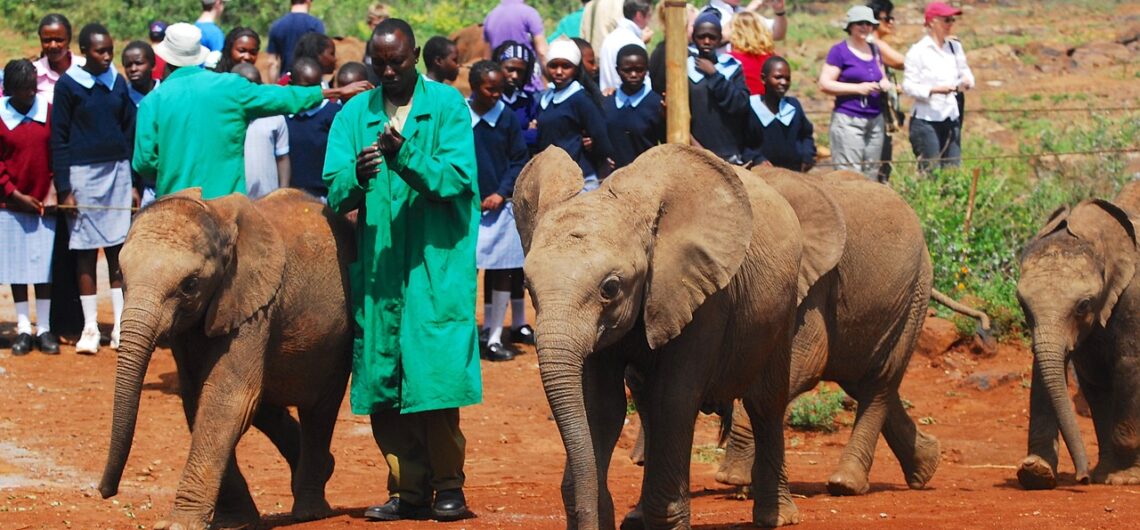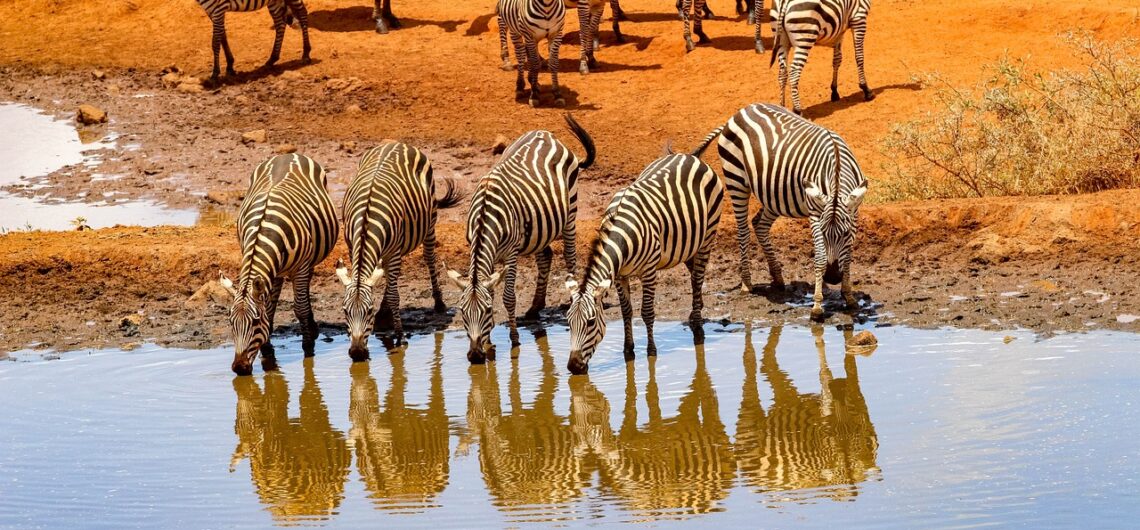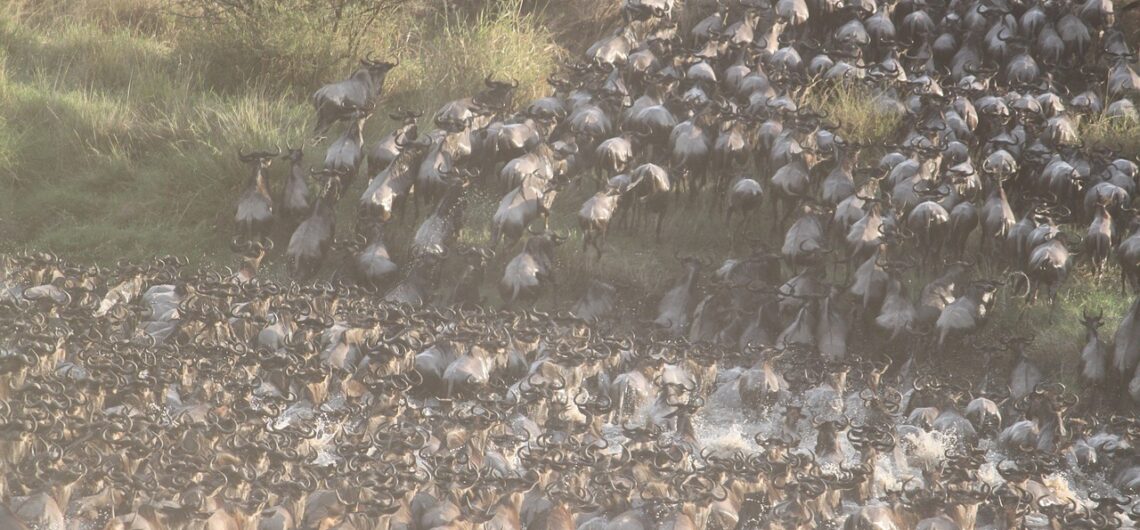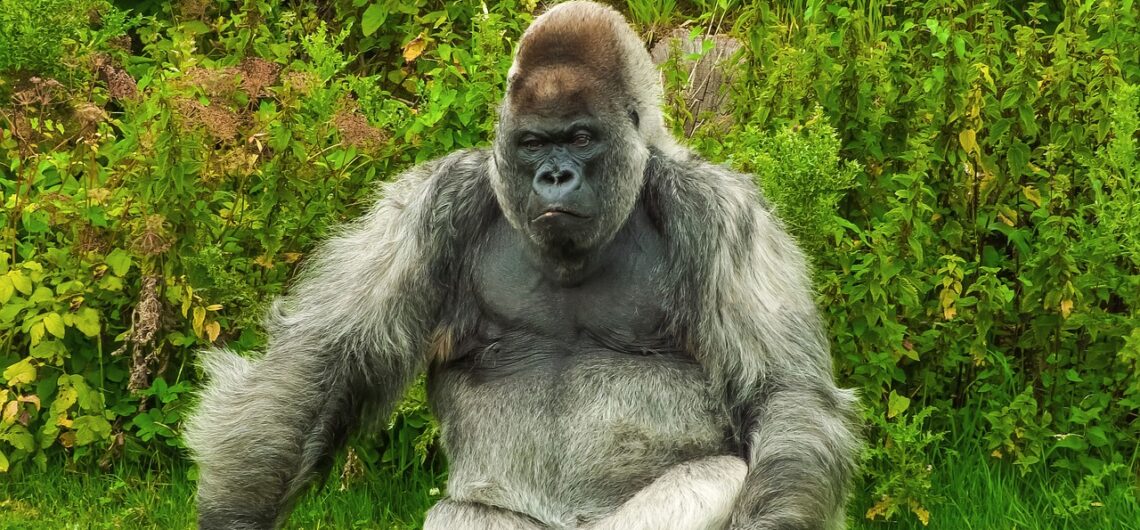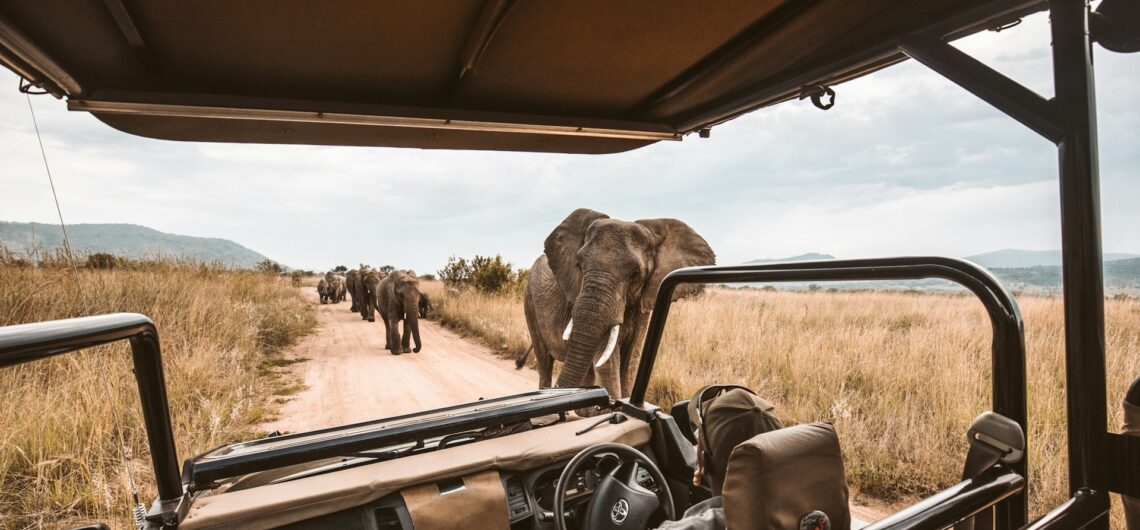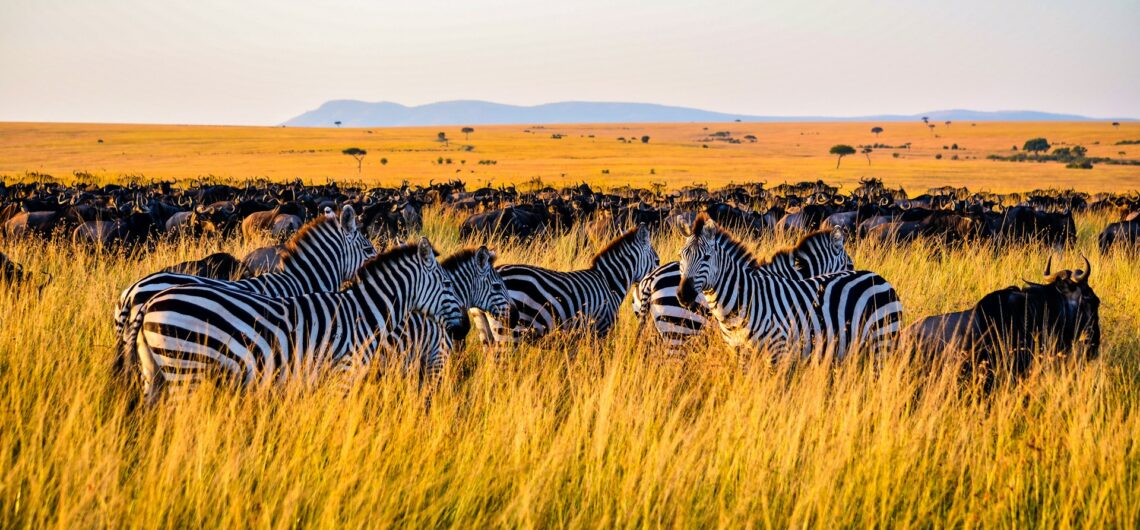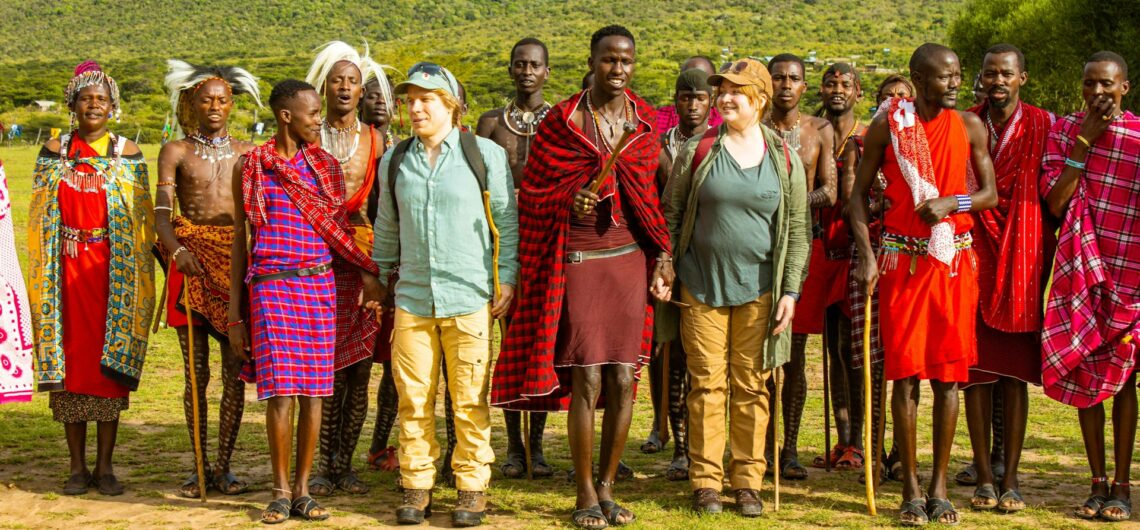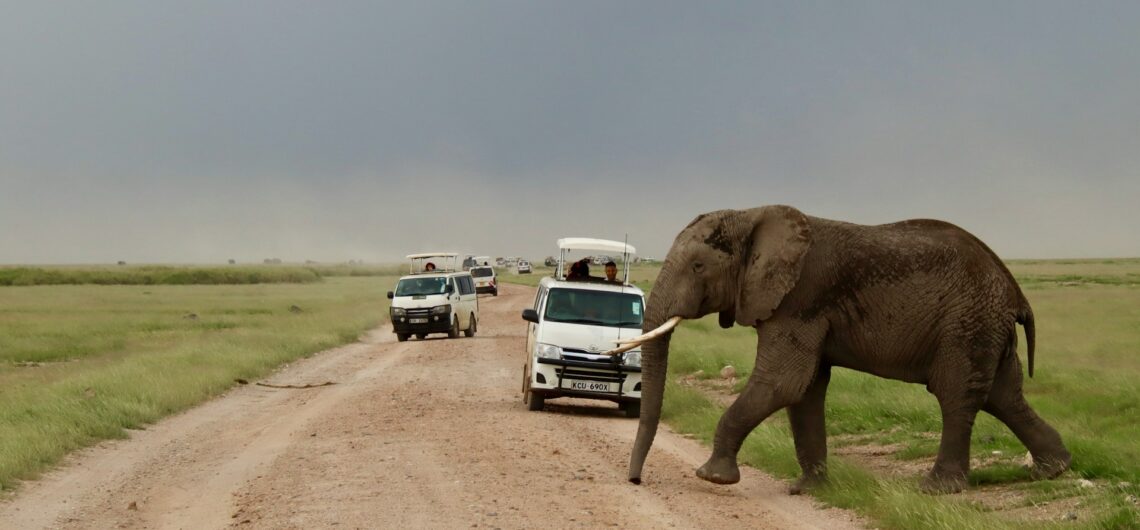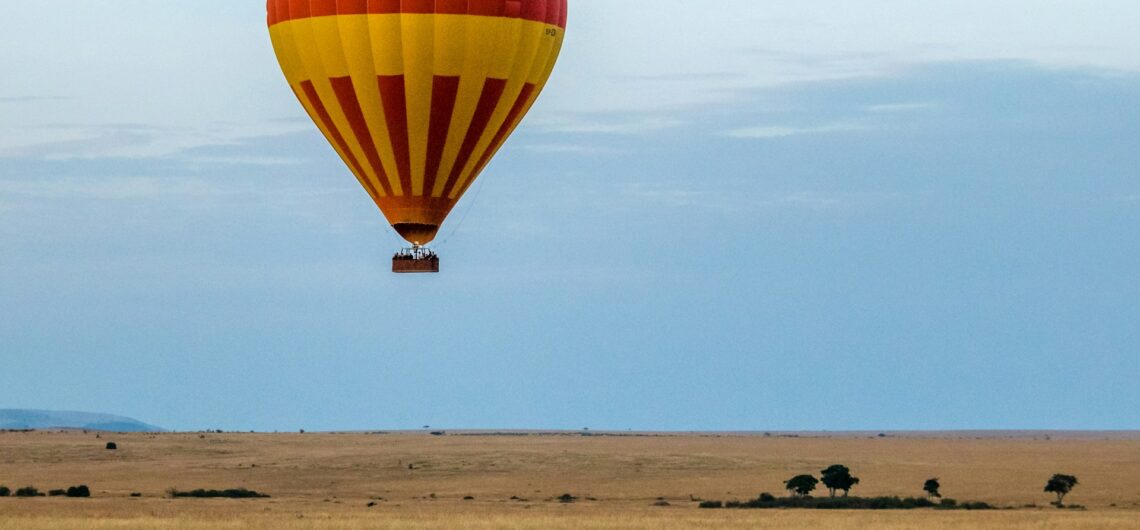Most Popular Safari Destination in Kenya: The Masai Mara National Reserve. Kenya, a land synonymous with breathtaking safaris, boasts a multitude of incredible wildlife destinations. However, the undisputed crown jewel of Kenyan safaris is the Masai Mara National Reserve. This iconic reserve beckons travelers worldwide with its vast savannas, diverse wildlife populations, and the awe-inspiring Great Migration. A Landscape Painted Wild The Masai Mara encompasses over 1,500 square kilometers of diverse landscapes. Rolling grasslands, dotted with acacia trees, stretch towards the horizon, offering a quintessential African vista. The Mara River snakes its way through the reserve, providing a vital water source for the resident wildlife and creating dramatic scenes as animals cross its path. A Stage for Nature's Drama The Masai Mara is a haven for wildlife enthusiasts. Witness the iconic Big Five roaming free: lions lazing in the golden light, powerful elephants grazing, elusive leopards perched in the trees, and the raw power of cheetahs on the hunt. A staggering diversity of herbivores like zebras, wildebeest, giraffes, and gazelles graze on the plains, constantly keeping an eye out for predators. Witnessing the Great Migration: A Once-in-a-Lifetime Spectacle The Masai Mara is most renowned for hosting a significant portion of the Great Migration. Every year, between July and October, millions of wildebeest and zebra embark on a perilous journey from the Serengeti National Park in Tanzania to the Masai Mara in search of fresh grazing pastures. Witnessing this epic movement of hooves and dust is an unforgettable experience, a testament to the raw power and resilience of nature. Beyond the Wildebeest: Unveiling the Mara's Treasures While the Great Migration is a major draw, the Masai Mara offers a year-round wildlife spectacle. Spot prides of lions stalking their prey, witness playful cheetah cubs learning to hunt, or marvel at the graceful
Most Popular Safari Destination in Kenya: The Masai Mara National Reserve.
Kenya, a land synonymous with breathtaking safaris, boasts a multitude of incredible wildlife destinations. However, the undisputed crown jewel of Kenyan safaris is the Masai Mara National Reserve. This iconic reserve beckons travelers worldwide with its vast savannas, diverse wildlife populations, and the awe-inspiring Great Migration.
A Landscape Painted Wild
The Masai Mara encompasses over 1,500 square kilometers of diverse landscapes. Rolling grasslands, dotted with acacia trees, stretch towards the horizon, offering a quintessential African vista. The Mara River snakes its way through the reserve, providing a vital water source for the resident wildlife and creating dramatic scenes as animals cross its path.
A Stage for Nature’s Drama
The Masai Mara is a haven for wildlife enthusiasts. Witness the iconic Big Five roaming free: lions lazing in the golden light, powerful elephants grazing, elusive leopards perched in the trees, and the raw power of cheetahs on the hunt. A staggering diversity of herbivores like zebras, wildebeest, giraffes, and gazelles graze on the plains, constantly keeping an eye out for predators.
Witnessing the Great Migration: A Once-in-a-Lifetime Spectacle
The Masai Mara is most renowned for hosting a significant portion of the Great Migration. Every year, between July and October, millions of wildebeest and zebra embark on a perilous journey from the Serengeti National Park in Tanzania to the Masai Mara in search of fresh grazing pastures. Witnessing this epic movement of hooves and dust is an unforgettable experience, a testament to the raw power and resilience of nature.
Beyond the Wildebeest: Unveiling the Mara’s Treasures
While the Great Migration is a major draw, the Masai Mara offers a year-round wildlife spectacle. Spot prides of lions stalking their prey, witness playful cheetah cubs learning to hunt, or marvel at the graceful movement of giraffes. The reserve is also home to a diverse array of birdlife, from soaring eagles to vibrant flamingos.
A Cultural Tapestry Woven with Wildlife
The Masai Mara borders the traditional lands of the Maasai people, a semi-nomadic tribe known for their vibrant culture and deep connection to the land. Interact with Maasai communities, learn about their traditions, and gain a deeper appreciation for the delicate balance between human life and wildlife conservation.
Crafting Your Masai Mara Safari Adventure
The Masai Mara offers a variety of safari experiences to suit all budgets and preferences. Choose from luxurious tented camps that blend seamlessly into the environment, comfortable lodges with modern amenities, or adventurous camping safaris under the star-studded African sky.
Beyond the Reserve: Exploring the Mara Ecosystem
Expand your Kenyan adventure by visiting the neighboring Maasai Mara National Reserve, a smaller reserve that offers a more intimate wildlife experience. Explore the Mara Triangle, a conservancy renowned for its excellent predator viewing.
The Masai Mara Awaits: Your Gateway to Unforgettable Memories
Whether you dream of witnessing the Great Migration or simply yearn to immerse yourself in the heart of the African wilderness, the Masai Mara National Reserve promises an unforgettable adventure. With its diverse landscapes, abundant wildlife, and rich cultural tapestry, the Masai Mara is a must-visit destination for any safari enthusiast. Start planning your Kenyan safari and get ready to be awestruck by the magic of the Masai Mara.

